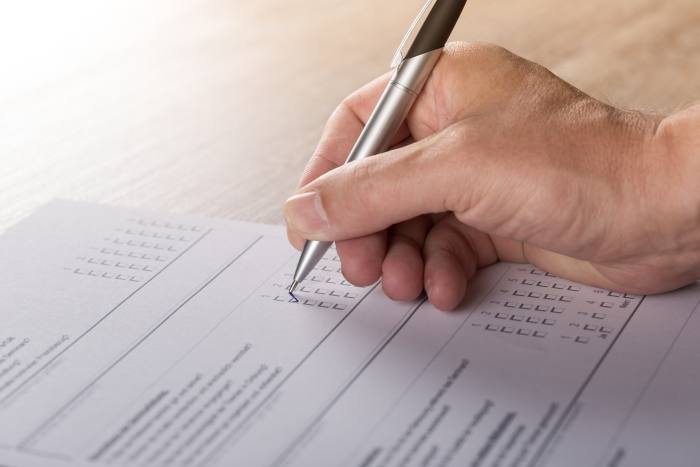
Given that a pension is typically one of a client’s single largest assets, it is worth having an understanding of the legal and regulatory background in this area and the extent to which a pension would be protected in the event of a client’s bankruptcy.
As we will see, it is an area that has seen a few twists and turns in the last few years, and the current picture is slightly blurrier than one might hope.
In 2015, individual insolvencies in the UK dropped to their lowest levels since before the 2007-08 financial crisis.
According to the latest figures from The Insolvency Service, however, they have been trending upwards since then.
And with the outcome of Brexit still uncertain, there is a possibility that numbers could carry on rising.
The trustee in bankruptcy
Before we examine the subject in detail, it is useful to have a quick look at the bankruptcy process and in particular the role of the trustee in bankruptcy (TIB).
The main purpose of the insolvency process is to realise the debtor’s assets and distribute them fairly to the debtor’s creditors, and this is what the TIB is responsible for.
The TIB will usually be an Official Receiver (who is an officer of the Insolvency Service). In some cases, however, the Official Receiver will appoint a private insolvency practitioner to act as TIB.
Key points:
- A trustee may be able to claim pension funds under the Insolvency Act 1986
- Historic court cases have led to nuanced position on pension and bankruptcy rules
- Pensions are broadly protected in a bankruptcy but there are exceptions
Either way, the TIB’s powers are wide-ranging, and they have the authority to investigate the debtor’s affairs, sell their assets and distribute funds.
From a legal perspective, a key point to note is that the debtor’s property vests in the TIB.
In other words, the TIB automatically takes over legal ownership of the debtor’s property meaning they can decide what to do with it.
Property can include investments, so a TIB could conceivably claim any assets held by the debtor in an Isa, a dealing account or in their own name, for example, certificated shares.
Investments held in a pension scheme, however, are treated differently.
How are pensions dealt with?
The key piece of legislation here is the Welfare Reform and Pensions Act 1999.
Among other things, this act was responsible for launching stakeholder pension schemes and for introducing pension sharing on divorce.
From a bankruptcy perspective, it also provided a statutory footing for carving out pensions and putting them beyond the reach of creditors.
This was a deliberate policy intention by parliament, and it followed up on recommendations from the Pensions Law Review Committee chaired by Professor Roy Goode earlier in the decade.
In practice, this means that pensions do not automatically vest in the TIB.
They cannot therefore be claimed outright like other assets.
It is important to note that this only applies to pension schemes that are registered with HMRC, which the legislation refers to as ‘approved pension arrangements’.
This means that schemes like Employer-Financed Retirement Benefit Schemes (EFRBSs) might not have the same protection.
How can TIBs get money out of pension schemes?





